The Growing Popularity
As more people embrace sustainable living and outdoor adventures, the search for green alternatives to traditional fire starters has increased. One such alternative gaining traction among campers and survivalists is the dryer lint fire starter. It’s not only easy to make but also highly effective in lighting fires quickly and safely. Dryer lint is a byproduct that most households generate daily, making it a zero-waste option for those who want to reduce their environmental footprint. Unlike chemical-based fire starters or commercial products, using dryer lint requires no extra purchase and leaves behind no harmful residue.
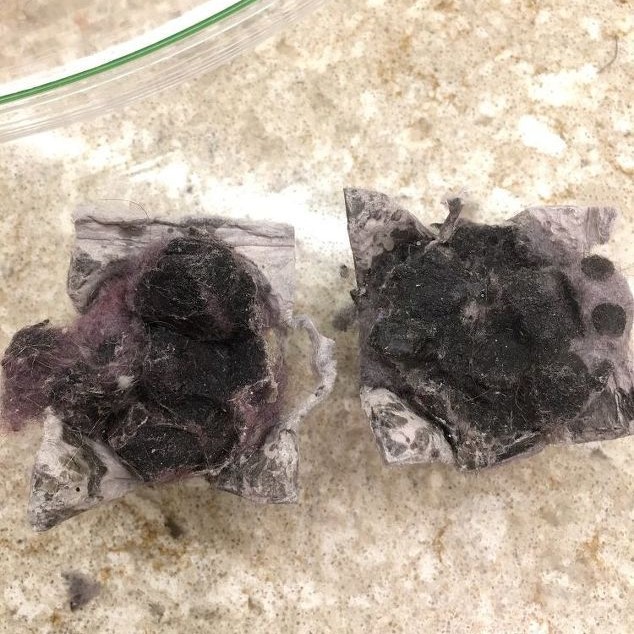
In recent years, many hikers and campers have started carrying small amounts of compressed lint in sealed bags for emergency use. Its lightweight nature makes it ideal for backpacking trips where space and weight matter. Additionally, dryer lint catches fire easily due to its fibrous structure and low ignition point. Whether you’re starting a campfire, lighting a wood stove, or preparing for an emergency situation, the dryer lint fire starter proves to be a practical, smart choice. As awareness about sustainability and preparedness grows, so does the popularity of this simple yet powerful fire-starting method.
How Dryer Lint Works as a Natural Fire Starter
Dryer lint functions as a natural fire starter due to its composition and texture. Most lint consists of tiny fibers from cotton, wool, and synthetic fabrics. These materials trap air between them, which helps accelerate combustion. Because of their fine structure, they catch sparks easily and burn fast, making them perfect for igniting kindling or fuel logs. Many campers combine lint with other household items like wax or paper egg cartons to create long-lasting fire starters.
For example, pressing lint into empty cardboard egg cups and covering them with melted candle wax turns them into portable fire cubes. These cubes can sit in a backpack without taking up much space. Another popular method involves wrapping lint in toilet paper tubes and securing it with rubber bands. This technique allows users to carry multiple fire starters while staying organized. Once lit, the lint burns steadily for several seconds, giving enough time for surrounding materials to catch flame. Some people even add a drop of essential oil or petroleum jelly to increase burn time and scent. Compared to commercial fire starters, dryer lint offers a budget-friendly and accessible option that works well in various conditions. With proper preparation and storage, it becomes a dependable tool for both casual campers and seasoned survivalists.
Benefits
Using a dryer lint fire starter offers multiple benefits that make it a favorite among outdoor enthusiasts. First, it’s completely free—a byproduct of regular laundry, meaning no extra cost or shopping required. Second, it’s highly effective, especially when combined with wax or paper structures. Lint catches sparks easily and burns long enough to ignite kindling or charcoal. Third, it supports eco-conscious practices. Instead of throwing away lint, repurposing it reduces waste and promotes resourcefulness. Fourth, lint is lightweight and compact, making it easy to pack in camping kits or emergency bags. This makes it ideal for backpackers and hikers who value minimal gear.
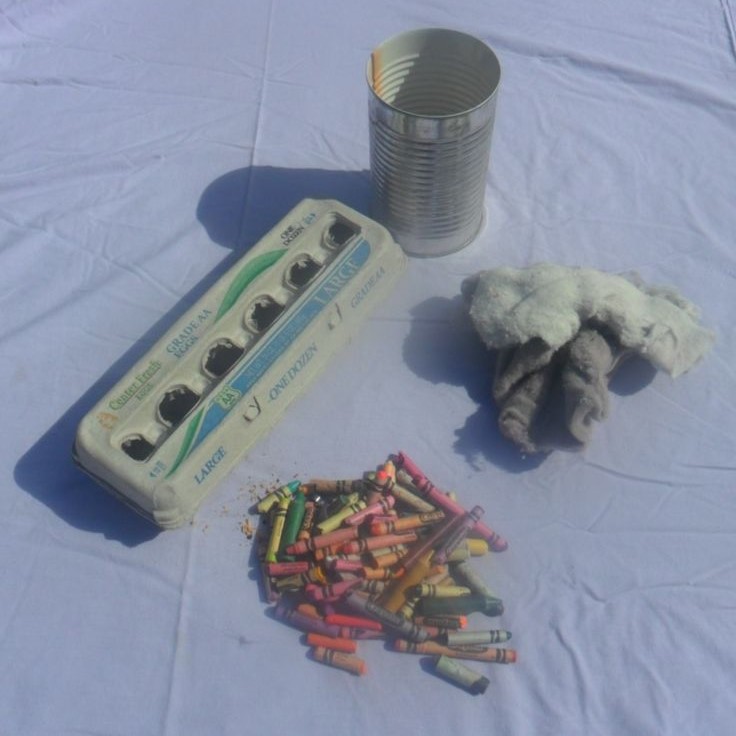
Fifth, lint is readily available in almost every home, ensuring consistent access without relying on stores. Sixth, using lint as a fire starter encourages creative problem-solving, teaching kids and adults alike how to reuse everyday items. Seventh, it’s safe and non-toxic, unlike some chemical-based fire starters that release harmful fumes. Eighth, lint works well in various weather conditions, including damp environments when dried properly. Ninth, it integrates easily into DIY fire starter kits, allowing customization with oils, waxes, or containers for longer burn times. Lastly, lint provides a hands-on learning opportunity for scouts, students, or beginners practicing fire safety. With these advantages, the dryer lint fire starter proves to be more than just a clever trick—it’s a smart, practical, and environmentally friendly solution for modern campers.
Step-by-Step Guide
Creating your own dryer lint fire starter is simple, fast, and requires minimal tools. Here’s how to do it at home:
- Collect and Store Lint: After each laundry cycle, gather lint from your dryer filter. Make sure it’s dry and free from large threads or fabric pieces. Store it in a clean jar or plastic bag to keep it dry and ready for use.
- Choose a Base Structure: Cardboard egg cartons are the most common base, but you can also use toilet paper rolls, small wooden boxes, or muffin tins lined with parchment paper.
- Fill Compartments with Lint: Cut the egg carton into individual cups or fold toilet paper tubes into sections. Fill each section with loose lint until it’s packed but not overly tight.
- Add Binding Material: Melt old candle wax, paraffin wax, or petroleum jelly and pour it slowly over the lint. This helps the lint hold shape and burn longer. Let it cool completely before removing from molds.
- Test a Sample: Before packing your homemade fire starters, test one at home to ensure it lights easily and sustains a flame long enough to ignite larger materials.
- Store Safely: Keep your dryer lint fire starters in a waterproof container or ziplock bag. Add a silica gel packet to prevent moisture buildup.
- Label and Carry: Mark the container clearly and include it in your camping kit, emergency bag, or survival pouch. Always store away from open flames and direct sunlight.
- Customize if Desired: Add a few drops of essential oils like pine or lavender for a pleasant scent. Alternatively, wrap lint in newspaper or tissue paper for extra volume. By following these steps, you’ll have a set of reusable, lightweight fire starters that enhance your outdoor experience.
Creative Ways
While the dryer lint fire starter is already a game-changer for campers, there are other creative ways to put leftover lint to good use around the house and outdoors. One idea is using it as garden mulch. Although it breaks down quickly, it adds organic matter to soil and helps retain moisture when mixed with compost. Another use is pet bedding filler. Small animals like hamsters or birds appreciate soft nesting material, and lint offers a warm, fluffy option. For DIY lovers, stuffing lint into cloth sacks and sealing them creates scented drawer fresheners. Add a few drops of lavender or citrus oil for a natural fragrance boost. In winter, placing lint under bird feeders or tying it into mesh bags can provide temporary shelter for garden birds during cold nights.
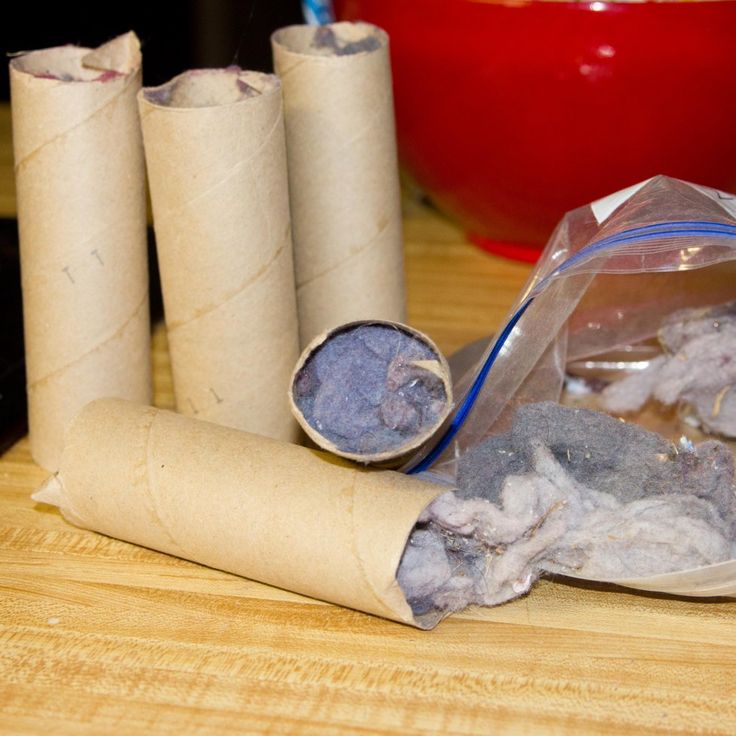
For crafters, mixing lint with glue and shaping it into decorative bowls or coasters can turn trash into treasure. If dyed with natural pigments, it becomes a fun material for children’s art projects. In survival scenarios, lint can act as insulation inside gloves or boots during extreme cold. Lastly, combining lint with sawdust and wax creates long-burning fire logs for indoor fireplaces or backyard pits. These ideas show that the usefulness of dryer lint fire starter goes far beyond lighting fires—it opens the door to creativity, conservation, and community-minded crafting.
Comparing Dryer Lint Fire Starter with Other Options
When it comes to fire-starting methods, campers have many choices—from matches and lighters to commercial fire sticks and flint strikers. However, the dryer lint fire starter holds unique advantages that make it stand out. Commercial fire starters often come in plastic packaging and contain chemicals that may produce toxic fumes when burned. In contrast, lint is biodegradable, safe, and chemical-free, making it a healthier choice for both the user and the environment. Compared to cotton balls soaked in petroleum jelly, lint is easier to collect and doesn’t require purchasing additional ingredients. It also takes up less space than birch bark or fatwood, which are heavier and harder to carry in bulk.
Flint and steel options offer durability and reusability, but they require skill and practice to master. Lint, on the other hand, works with any ignition source—matches, lighters, or even a magnifying glass. Wax-coated lint blocks last longer than plain lint balls, giving campers more flexibility in different conditions. Unlike newspaper, which can become soggy in wet climates, wax-covered lint remains water-resistant and reliable. When compared side by side, the dryer lint fire starter proves to be one of the most versatile, affordable, and accessible fire-starting solutions available today.
Safety Tips for Storing and Using
While the dryer lint fire starter is highly effective, proper handling ensures safety and efficiency. Begin by storing lint in a cool, dry place. Moisture weakens its ability to catch fire, so always keep it in an airtight container. If using wax-sealed lint blocks, store them separately from food and clothing to avoid accidental ignition. Never leave lint near heat sources like stoves, candles, or electrical outlets. When camping, keep fire starters in a dedicated fire kit that includes matches, lighter fluid (if needed), and kindling. Teach children how to recognize fire-starting materials and understand their purpose. Avoid using lint that contains synthetic fabrics like polyester or nylon, as they may melt instead of burn cleanly.
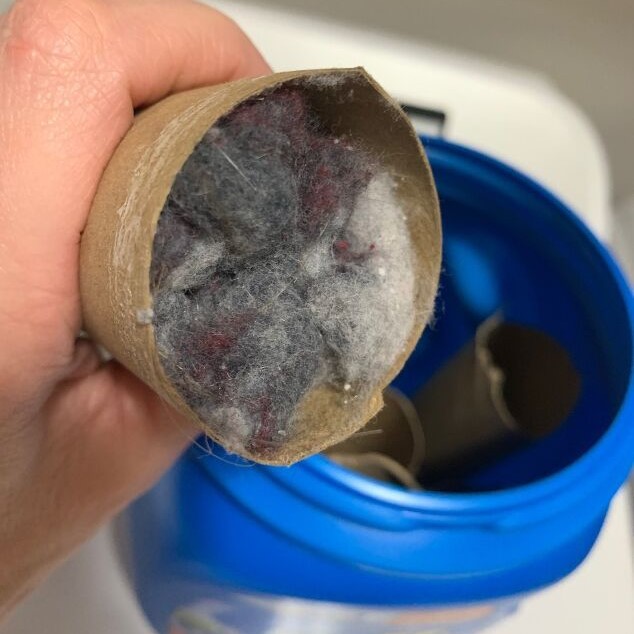
Always supervise the fire until fully extinguished. If you’re hiking in a fire-restricted area, follow local regulations and use designated fire pits. Test your fire starter before heading out. This helps identify any issues with ignition or burn time. Finally, never rely solely on lint for fire-making. Combine it with other techniques like using a ferro rod or magnesium striker for backup. These tips ensure that your dryer lint fire starter remains a safe and useful tool for all your outdoor adventures.
Teaching Kids and Beginners
Introducing kids and beginners to fire-starting techniques builds confidence and teaches valuable life skills. A dryer lint fire starter is ideal for this because it’s safe, easy to use, and made from familiar materials. Start by explaining the basics of fire safety and responsible use. Emphasize the importance of adult supervision and choosing the right location for fire-building. Next, demonstrate how to build a small nest of kindling around the dryer lint fire starter. Show how to light it gently and encourage observation of how the flame spreads. To make the lesson interactive, let participants prepare their own lint fire starters using egg cartons or toilet paper rolls. This hands-on approach improves engagement and understanding.
Teach how to store lint properly and avoid moisture exposure. Discuss the environmental benefits of reusing lint instead of buying disposable fire starters. Encourage creativity by letting students decorate their fire starter containers or label them with names and dates. Remind everyone that fire-starting is a privilege and should always follow Leave No Trace principles. After the fire dies down, guide learners through the process of putting it out completely and cleaning up the site. By integrating education, safety, and sustainability, using a dryer lint fire starter becomes more than just a skill—it becomes a meaningful outdoor experience.
Where to Find Inspiration and Tools
Finding inspiration and tools for making a dryer lint fire starter is easier than ever thanks to online platforms and community resources. Social media sites like Pinterest, Instagram, and YouTube host countless tutorials showing how to compress, coat, and store lint for maximum performance. Hashtags like #LintFireStarters or #ZeroWasteCamping help locate user-generated content and creative variations. Online forums such as Reddit, Bushcraft forums, and camping groups provide real-life experiences and expert advice from experienced outdoor enthusiasts. Amazon and Etsy offer wax-coated lint kits, pre-made lint fire cubes, and biodegradable fire-starting containers for those who prefer convenience.
Local craft stores and dollar shops sell cheap supplies like muffin trays, small jars, and beeswax for DIY fire starter creation. Thrift shops and garage sales are great places to find used candle wax, egg cartons, and small metal tins for organizing your fire-starting kit. Educational websites and scouting programs often share printable guides and step-by-step instructions for families and school groups. Whether you’re looking for advanced fire-starting techniques or beginner-friendly hacks, there’s a wealth of information and tools available to help you make the most of your dryer lint fire starter.
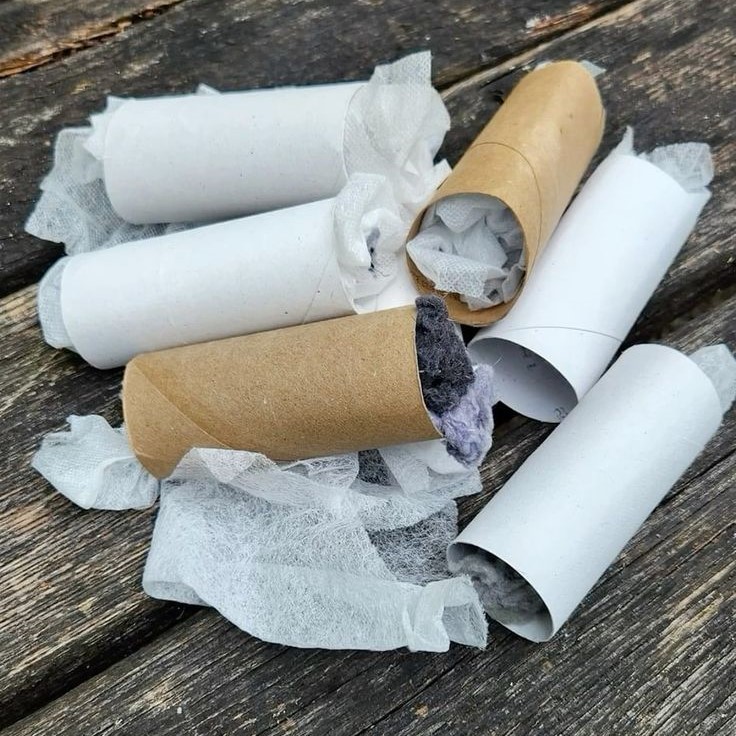
Final Thoughts
In conclusion, the dryer lint fire starter is more than just a clever way to reuse household waste—it’s a reliable, eco-friendly, and cost-effective fire-starting method that every camper should try. From its ease of collection to its impressive burning capabilities, this simple solution proves that sometimes the best tools come from the most unexpected places. Whether you’re planning a weekend camping trip, preparing for a survival scenario, or teaching children about fire safety and sustainability, a dryer lint fire starter delivers practical results. Its lightweight nature and versatility make it ideal for backpackers, scouts, and minimalist adventurers who want to travel light without sacrificing function.
As more people seek green alternatives to single-use products, this method stands out as a top choice. Now is the perfect time to start saving your lint and turning it into a powerful fire-starting tool. Let the dryer lint fire starter become a staple in your outdoor gear and enjoy the satisfaction of using something you created yourself. Make your next fire a greener, smarter, and more self-sufficient experience with the help of this underrated camping essential.